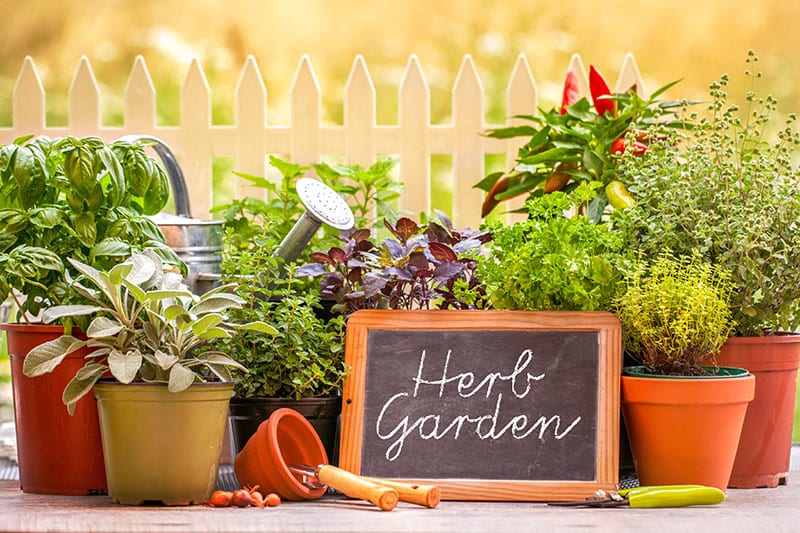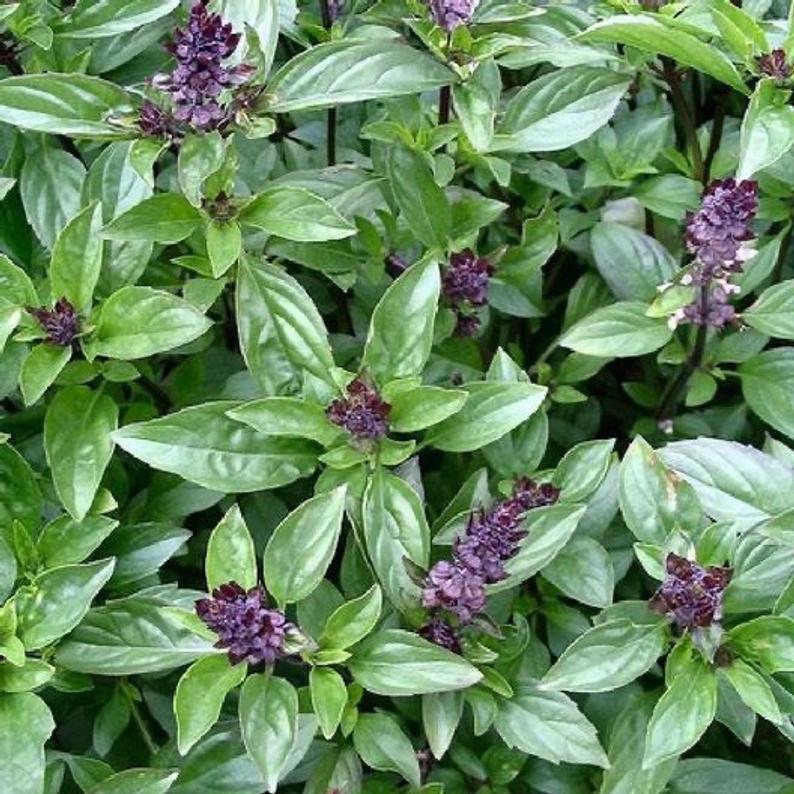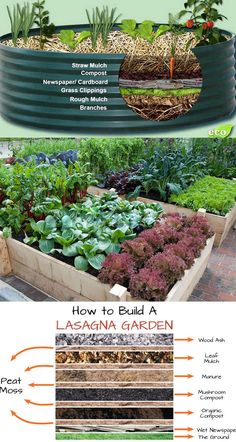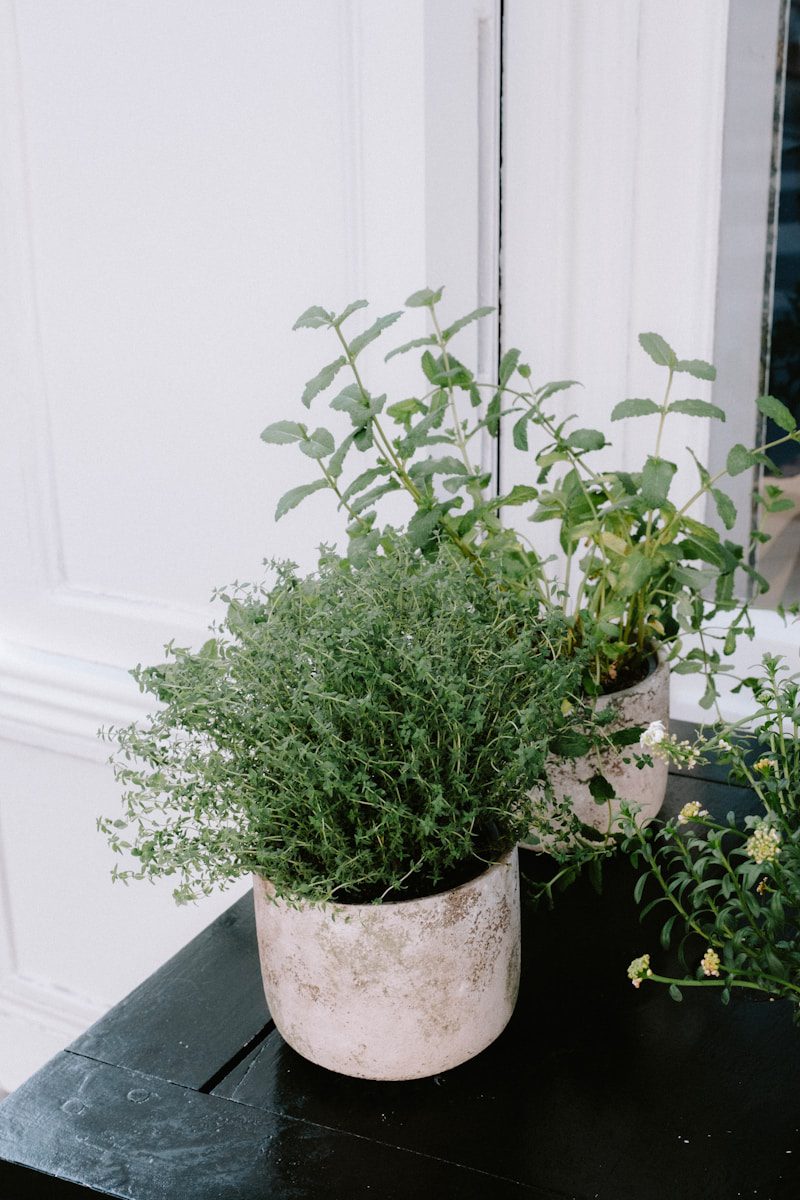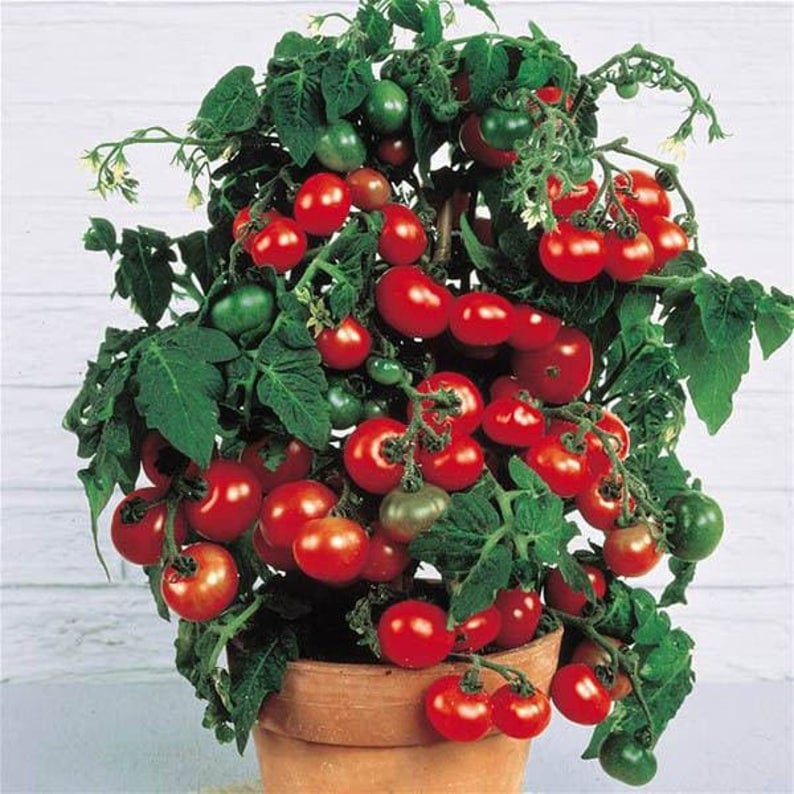
Tomatoes from the grocery store shelves taste like-NOTHING! Why? Most of the tomatoes purchased from grocery stores have been harvested days before they reach the grocery, treated to turn red, and bred to stay firm and not bruise on the shelves. Plant breeding for the last fifty years has concentrated on producing a tomato that can survive anything-except for a taste test.
Growing Tomatoes – Heirloom Vs Hybrid Varieties
Gardeners and tomato aficionados alike have given up on the produce aisle for anything other than garnish. Instead, they turn to seed and plant catalogues to find tasty varieties to grow. When viewing a plant catalogue of tomato seed sources, you will be confronted with hundreds of varieties. Huge and tiny, purple, red, yellow and orange tomatoes. Perfectly round, almost flat, and lemon-shaped tomatoes. Seed catalogues highlight another variable to understand regarding tomato growing: heirloom versus hybrid tomatoes.
Heirloom Tomatoes
Tasty and unique, heirloom varieties are endless. This category of plant is where you will find purple, orange and yellow tomatoes sharing catalogue space with red ones. Heirloom varieties are “open pollinated” plants, which means that if you harvest seeds from a plant, prepare them, save them, and plant them next year, you will grow the same plant. Heirloom varieties were developed over time, in isolated gardens and communities, thus developing unique characteristics.
Heirlooms require particular growing conditions, and each variety is different. The key to success with heirlooms is choosing a variety that is well suited to your growing conditions. Because heirloom tomatoes have not been bred for generations to promote vigor and disease resistance, these varieties need a little bit of extra care. They are, however, worth the extra work. Heirlooms will produce lush, flavorful tomatoes of every shape, size and hue, for every culinary taste or need.
Hybrid Tomatoes
These tomatoes are the result of two different tomato varieties being “crossed” or joined, and the seeds harvested from the resulting plants. Hybrid tomato seeds will produce the tomato with hybrid characteristics for only one plant generation. If you harvest your tomatoes from the hybrid plant and plant those seeds next year, you will not have the same plant.
Hybrid tomatoes have been bred for disease resistance, uniformity, and ability to withstand mechanical harvesting, packing and shipping. Little time has been spent in enhancing flavor in hybrid tomatoes. Much like hybrid tea roses, hybrid tomatoes may be nice to look at, but they have few other desirable attributes.
For large-scale commercial tomato growers, hybrid tomatoes are a great help. For consumers expecting bright red tomatoes in the middle of winter, hybrids are a way to consume. For home gardeners, Heirloom varieties produce yields as large, and much more flavorful. Home gardeners have enough time an attention to successfully grow heirloom tomatoes and bring out their best qualities.
Choosing the Right Variety
Whether Heirlooms or Hybrids are your tomato of choice, you much choose tomato varieties that are well suited to your growing environment. Climates with high heat and humidity will help certain varieties flourish, while colder climates with shorter growing seasons require cultivation of plants that set fruit and mature faster.
What is the difference between determinate and indeterminate tomatoes?
When it comes to determinate and indeterminate tomatoes, the main difference is in how they grow. Determinate tomatoes are bred to grow a certain way and ripen all at once. They are mostly used for canning or sauces. Indeterminate tomatoes are bred to vine and grow continuously, so they are better for fresh eating.
Determinate tomatoes generally grow to be about two to four feet tall and have a compact, bushy growth habit. The fruit ripens all at once on these plants, making them ideal for canning or other recipes where you need a lot of ripe tomatoes all at once. Indeterminate tomatoes, on the other hand, can grow much larger, up to six feet or more. They have a vine-type growth habit and produce fruit throughout the season. Because of this, they are better suited for fresh eating.
When it comes to taste, there is no difference between determinate and indeterminate tomatoes. Both types can produce delicious fruits that are perfect for eating fresh or using in recipes. The only real difference is in how they are grown and how the fruit ripens. So, if you¢â‚¬â„¢re looking for a tomato plant that will produce a lot of fruit all at once, go with a determinate variety. If you want a plant that will keep producing fruit throughout the season, choose an indeterminate variety.
Container Gardening Ideas For Your Home
Many gardeners have given up on the idea of a garden because they lack space, time or lots of experience. But if growing plants is an interest of yours container gardening could be your answer. Container gardens will allow you to enjoy “playing in the dirt” without investing a lot of time or money. You can get very creative in container gardening using vegetables, decorative grasses or flowers and herbs. You can plant a container garden with any plant that would grow outside. The trick is to come up with some creative ideas for your container garden.
You should do some research at your local nursery or on the internet to choose the plants you wish to grow to help you come up with some ideas. Try to use plants that complement each other and have the same basic needs for water, air and light.
A container garden idea that has taken off recently is the landscape container. Some people plant a simple evergreen tree in a container with good drainage to place at their front door. Or you could plant an assortment of flowers for a bright and beautiful vista. If you do plant flowers, add plants that spill over the sides of the container to add more visuals and interest. What ever container gardening idea you can come up with can be placed on a deck, patio, and balcony or by the front doors. Put them somewhere that your family and friends can enjoy.
You can grow vegetables in containers but choose wisely. Vegetables like squash and pole beans need lots of space, while tomatoes need a deep pot. When you grow your own vegetables you will have tasty produce not the bland stuff that is in the grocery store. Nothing tastes better than a tomato right off the vine. There are many chefs and good home cooks that grow their own for just this reason. Don’t forget to pot some herbs, they are pretty plants and add zest to your meals.
But don’t just stick to vegetables and herbs; why not add fruit trees too? Instead of using an evergreen tree, pot a fruit tree instead. There are many dwarf varieties available that work best in pots since with pots there is less soil therefore less nutrients to draw from. If you live in a year round warm climate citrus trees are perfect. In other regions, stick to pear, apple and cherry trees. Another good container gardening idea is to grow strawberries. With strawberries climate does not matter since you can bring the container inside. Fresh strawberries are amazingly sweet and delicious. Imagine how good a bowl of fresh strawberries will be, strawberries that you have just picked.
Remember that container gardens dry out more quickly than traditional gardens. Be diligent about watering your plants if you don’t want your container gardening ideas to wither and die. Container gardens must be fertilized too. Keep a small notebook handy so you can write down the needs of your plant so you will always know when to water or feed. Keep an eye out for pests. If you find a container that has an infestation, isolate it immediately and treat it with a natural pesticide. You don’t want harsh chemicals on fruits, vegetables or herbs. A good natural pesticide recipe is:
In a jar, combine 1 teaspoon dishwashing liquid and 1 cup vegetable oil. Shake vigorously. In an empty spray bottle, combine 2 teaspoons of this mixture and 1 cup water. Use at ten-day intervals (or more often if needed) to rid plants of whiteflies, mites, aphids, scales, and other pests.
So, do some research, come up with your own unique container gardening ideas, gather your materials and get to work. The fruits of your labor will be amazing.
Happy Container Gardening!
Greenhouse Growing For Tomato Plants
There are a couple of ways for approaching tomato growing in a greenhouse, you can either dig and prepare the soil of the greenhouse ready to accept the tomato plants or you can grow the plants in a container such as a plant pot (12″ diameter) or growbag.
Realistically most growbags that are available which can be 3 to 7 gallons in size are only enough to support two plants. There are ways in which you can push this out to 3 plants but for the cost of a growbag its probably as well just to stick to 2 plants, particularly if you take good care of them and produce lots of fruit.
If you go for pots then you should sterilize them before use, to do this you can use a dilute solution of a suitable disinfectant, something like clorox fluid is perfect for this task.
While we are on this subject, you really should wipe down the inside of your greenhouse with disinfectant as well to ensure any residual contaminants that could also cause disease are removed from the glass.
One of the reasons I am suggesting using large pots or growbags for growing tomato plants is because the soil in the greenhouse is going to need to be dug out and replaced every 2 or 3 years anyway to ensure that you get rid of any build up of disease and also because the soil will be pretty much spent in terms of nutrients.
Space is limited in a greenhouse so the best option for plant varieties is to use the indeterminate variety of tomato plant i.e. a vine plant. You can prune the plant to the required size, leaving about 4 to 6 trusses on the main stem, which is about 6′ to 7′ in height, greenhouse size allowing. This will give you lots of fruit over an extended period. You will have to pinch out the main stem when you have enough trusses to stop further growth.
As an aside, using the bush variety is less convenient for greenhouses because they, as the name suggests, form a determinant size of bush without pruning which is probably a little too large in diameter for the average greenhouse. The fruit also has a tendency to all come at once.
Irrespective of the growing method you choose, you should start to feed the tomatoes at the first sign of fruit and for the duration of the growing period, twice a week should be sufficient. Also as you are in a greenhouse regular and consistent watering is also very important and I recommend 2 to 3 times a day with water that has been allowed to warm in the greenhouse.
As the end of the season nears a way of helping the last remaining fruit ripen is to hang a couple of bananas in the apex of the greenhouse. If that fails to ripen the last bit of fruit you can always use the green tomatoes for making a delicious chutney.

